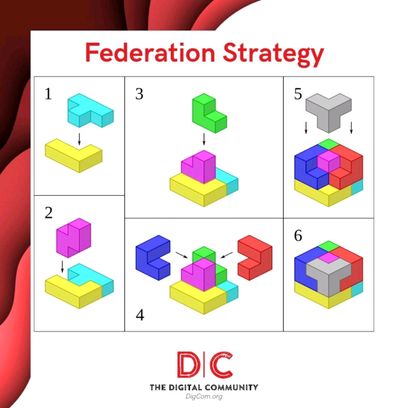As a BIM Manager, you need to consider many aspects while segregating your models.
Firstly, you need to have separate models per each of the assets and sub-assets in your project. For example, If you have 20 buildings in your project, Each of them should have separate models.
Secondly, You need to think about the disciplines. So for each building, you need to have a model for the architecture, structure, Mechanical, etc. However, You may also segregate each discipline into sub-disciplines. For example, you may have concrete structure models and steel structure models.
The third aspect is the Task Teams (Whether they are sub-consultants, sub-contractors, or even in-house teams under the same organization) This aspect may affect the previous segregations as sometimes you will have different teams modeling parts of the same discipline of the same building. Imagine having a Facade consultant who will be providing their architectural models.
The Fourth item to be considered is the level of confidentiality of information. Elements that will have confidential information should be modeled and stored separately. In general, models shall be segregated based on the permissions for accessing the information.
The Fifth step is to think about the expected size of your models and slice it based on that. Not only the native file sizes but also the to-be-exported formats like .ifc. However, sometimes it’s acceptable that further segregations be done at the model development stage if the size exceeded an agreed size. You must think of leaving some vacant file numbers to be used whenever you have additional segregation needed. And that takes us to the final step; Naming Convention.
Proper Naming Convention should be used so that the file name/number should reflect the above segregations.
It’s also a must to provide a federated model that combines -by linking/appending- every segregated group then these federated models to be federated layer by layer till you reach the Master federated model for your whole scope of work. Prepare a hierarchy diagram to illustrate this federation so that everybody can understand the relation between models.
You need to understand that the purpose of this strategy is to support information security, ease information exchange using smaller file sizes, and most important; to facilitate simultaneous modeling by the various teams without coordination issues. Think about it as a puzzle board where every task team will be responsible for their piece of the puzzle with minimal interference with the neighboring pieces. I remember the discerption by BRE where they likened it to a Soma cube which is a genius illustration from my point of view. (Photo below)
#bim #architecture #iso19650 #information #team #MIDP
You must be a registered user to add a comment. If you've already registered, sign in. Otherwise, register and sign in.





